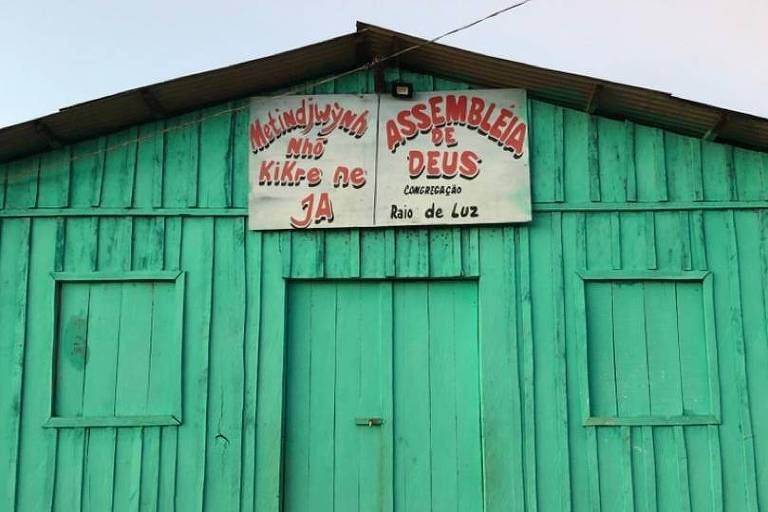If God is really omnipresent, as Christianity preaches, the same cannot be said of catholic priests in northern Brazil.
A crisis for some is an opportunity for others. The historical deficit of clergy is key to understanding why the region is the first and only to have as many evangelicals as Catholics.
They are 46% of the first group against 45% of the second, a technical draw between the two poles, according to an August Datafolha's national survey. At the national level, those aligned with the Vatican wane each year but are still 51%, and evangelicals, 32%.
The Amazon Synod, which began this Sunday (6) and runs until the end of this month at the Vatican, will discuss loopholes to adapt the Catholic Church to the Amazon reality.
For example, it is challenging to be present in a region of remote areas that can go a whole year without a priest's visit. The region also doesn't allow married elders or deaconess women (a function that can do baptisms and marriages but not conduct masses, confessions, and anointings).
A projection on 2018 made by Ceris (Center of Religious Statistics and Social Investigations), an organ of CNBB (National Conference of Bishops of Brazil), appointed 27,300 priests in the country--one for every 7,802 inhabitants.
The CNBB has not reported the northern proportion, but the shortage of clergy is compounded by the fact that the territory is vast and has the largest rainforest in the world embedded in it.
The capillarization of the evangelical network is crucial in this phenomenon. Pastor José Wellington Bezerra da Costa 1997 quote to Veja magazine still sums it up: "Where there is Coca-Cola, Correios, and Bradesco, there is an Assembly of God church."
Translated by Kiratiana Freelon
